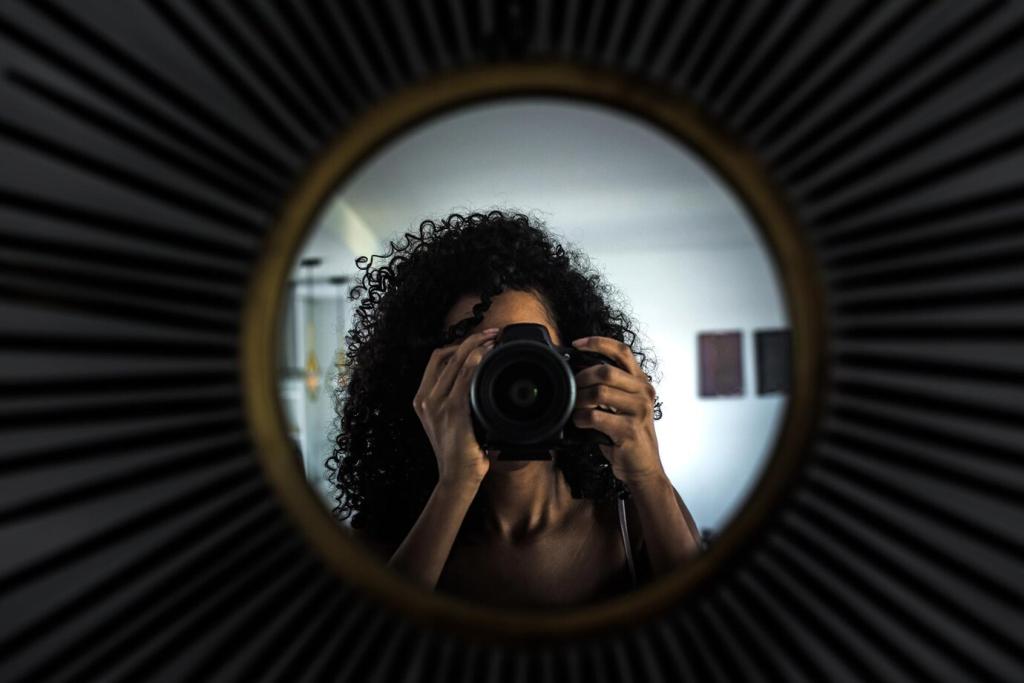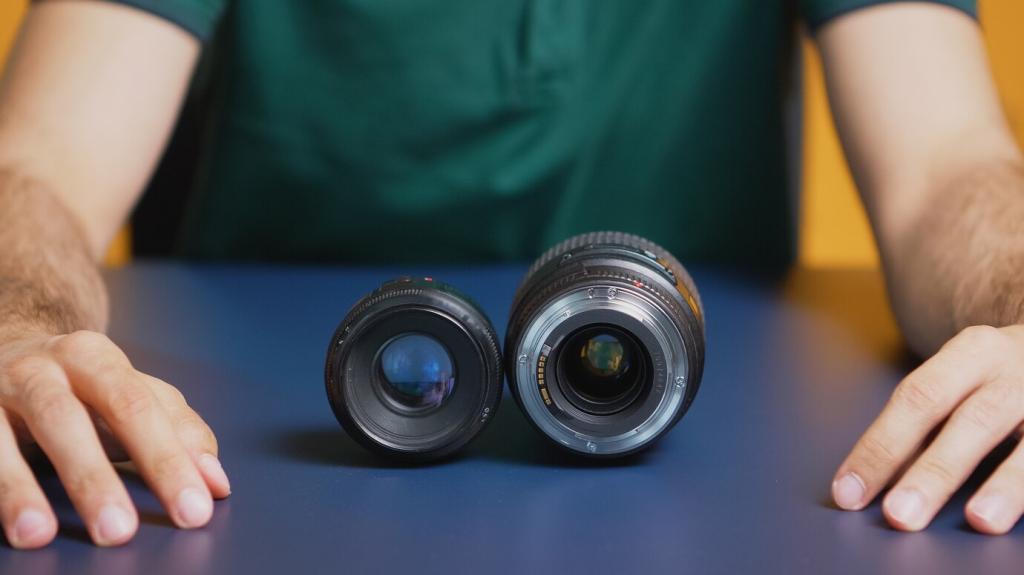Visualization Meditation for Enhanced Concentration



Brain and Body: The Science of Focused Imagery
The default mode network loves mind-wandering, but structured imagery gently redirects activity toward task-positive circuits. When you hold a coherent mental picture, your prefrontal systems stabilize goals and minimize internal chatter, making concentration feel smoother and less fragile throughout the day.
Brain and Body: The Science of Focused Imagery
Layering visualization onto slow breathing can lower perceived stress and support attentional control. Picture exhaling tension as dark mist while inhaling clear light into your scene. Reduced arousal lets your brain devote energy to sustained focus rather than constant vigilance or worry.
Brain and Body: The Science of Focused Imagery
Neurons that fire together wire together. Repeating the same visualization strengthens the pathways that maintain attention. Treat each session like a gentle rehearsal for deep work. Track your sessions for two weeks and report back—your improvements can encourage our growing community.
A 10-Minute Visualization Meditation You Can Start Today
Minutes 0–2: Settle and Breathe
Sit comfortably, spine tall, shoulders relaxed. Inhale for four counts, exhale for six. Soften your gaze or close your eyes. Tell yourself, “For ten minutes, I practice focusing.” Let distractions come and go without argument; your breath is the doorway to steadiness.
Minutes 3–6: Build the Visualization Scene
Choose a single image: a lighthouse, a still lake, or a warm desk lamp. Add sensory detail—color, texture, subtle sound. Keep your attention on the image’s core shape. When the mind wanders, return gently. Each return strengthens concentration as much as moments of stillness.
Minutes 7–10: Embed a Concentration Trigger
Link your image to a phrase like “Steady beam” or “Clear focus.” Whisper it mentally as you breathe. Commit to recalling the image before tasks today. When you finish, note one win in a journal and subscribe for weekly prompts that expand this practice.
Story: From Scattered to Steady in One Week
A graduate student tried the lake visualization between classes. Thoughts ricocheted—email, errands, exams. She kept returning to the water’s glassy surface. After six minutes, a small pocket of silence appeared. It wasn’t perfect, but it felt like a door finally opening a crack.
Story: From Scattered to Steady in One Week
She began pairing the image with the phrase “Smooth and steady.” That afternoon, writing felt different—fewer tab-switches, gentler momentum. Twenty minutes passed before the first urge to check her phone. She smiled, then returned to the lake, letting the rhythm carry her forward.



Tools, Symbols, and Palettes for Precision Focus
Colors prime mental states. Blue often suggests calm clarity; amber can feel warm and attentive. Choose a palette for your visualization scene and use matching accents on your desk. Over time, the color becomes a cue that nudges your mind toward concentrated effort.
Tools, Symbols, and Palettes for Precision Focus
Pick a simple symbol—compass, candle, or mountain—to represent steady attention. Sketch it on a sticky note where you work. Each completed session earns a small tick mark. The visual tally reinforces habit strength and turns progress into something you can literally see.



Bring Visualization Into Work and Study
One minute before the meeting, picture a lighthouse casting an even beam across the agenda. Breathe out tension, breathe in clarity. Set one outcome you’ll champion. Afterward, note whether you spoke with more precision and stayed present. Share your ritual so teammates can try it.
Bring Visualization Into Work and Study
Create a study oasis: quiet library corner, warm lamp, crisp notebook. See the pages filling, line by line, with accurate notes. Use your trigger phrase, then start a 25-minute timer. Post your best imagery phrase below to help fellow learners lock into momentum faster.


Track, Reflect, and Iterate
After each session, jot down duration, image used, and one observation about focus quality. Was the image clear? Did you return quickly after drifting? Two minutes of reflection transforms random practice into deliberate improvement and makes progress feel visible and motivating.
Track, Reflect, and Iterate
Track interruptions, average sprint length, and perceived effort. Celebrate tiny gains—two fewer tab-switches count. When a metric stalls, tweak your scene or timing. Comment with one metric you’ll track this week to encourage others to make their commitment public and real.
Track, Reflect, and Iterate
Post your favorite images, playlists, and cue rituals. Ask for feedback when a scene stops working. Community exchange accelerates learning and keeps motivation warm. If this guide helped, subscribe and invite a friend—practicing together makes consistency easier and results more reliable.
